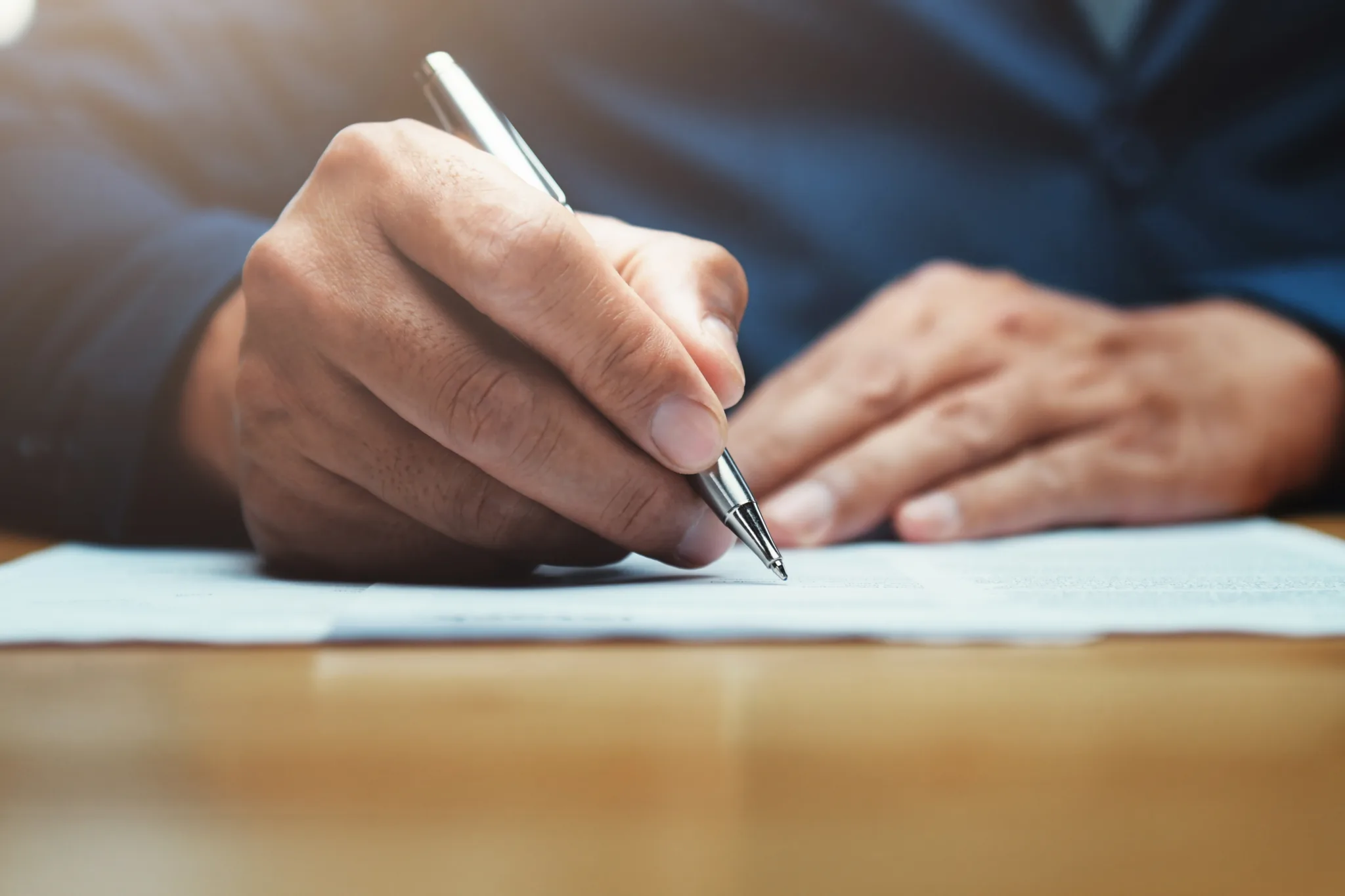When you hear the word “patent,” you might think of a physical object, like a new invention. But a patent is a legal document that gives its owner the right to exclude others from making, using, or selling the invention for a set period. In the United States, patents are granted by the United States Patent and Trademark Office (USPTO).
The USPTO examines patent applications to determine whether the invention is patentable. If the USPTO determines that the invention is patentable, it will issue a patent. The length of time it takes the USPTO to examine a patent application and issue a patent varies, depending on the type of patent you are applying for, the technology area, the number of applications ahead of it in line for examination, and other factors.
Mainly, there are two types of patents that businesses or individuals apply for:
- Utility patents. These patents cover new and useful inventions.
- Design patents. This patent covers new, original, and ornamental designs.
The process and fees for applying for and prosecuting a patent can be different for utility patents and design patents.
If a utility patent is issued, the patentee (i.e., the patent owner) gets the exclusive right to make, use, sell, or import the invention into the United States for 20 years from the date the patent application was filed. After the 20-year term expires, the invention enters the public domain, and anyone can make, use, sell, or import the invention without having to obtain a license from the patentee. A design patent gives its owner the right to exclude others from making, using, selling, or importing the patented design. These rights last for 15 years from the date the design patent is issued if the application was filed on or after May 13, 2015.
Patent Prosecution
Patent prosecution is the process of obtaining a patent from the USPTO. Patent prosecution begins with the filing of a patent application and ends with the issuance of a patent. In between, there is a period during which the USPTO examines the patent application to determine whether the invention is patentable. If the USPTO determines that the invention is not patentable, it will issue a rejection. The applicant can then respond to the rejection, which may or may not result in the issuance of a patent.
The patent prosecution process can be divided into three main stages:
- Post-examination.The post-examination stage begins when the USPTO issues a notice of allowance and ends when the patent is issued. During this stage, the applicant will pay the issue fee and the patent will be issued.
- Pre-examination. This stage begins when the patent application is filed and ends when the USPTO issues a first-office action. During this stage, the USPTO will perform a preliminary examination of the patent application to determine whether it meets all the legal and procedural requirements for filing. The USPTO will also search the prior art to find any prior patents or publications that might be relevant to the invention.
- Examination. The examination stage begins when the USPTO issues a first office action and ends when the USPTO issues a notice of allowance. During this stage, the USPTO will examine the patent application in more detail to determine whether the invention is patentable. The applicant can respond to any rejections issued by the USPTO during this stage.
Patent Prosecution vs. Patent Litigation
Patent prosecution and patent litigation are two very different things. Patent prosecution is the process of filing a patent application and working with the patent office to get the patent granted. Patent litigation is lawsuits that are filed over patents.
Patent prosecution is a long and complicated process. It can take years to get a patent granted. In the case of utility patents, the patent office looks at the invention to ensure it is new and useful. They also make sure that the invention is not too similar to other patents that have already been granted. The process can be less arduous for a design patent but is still lengthy and complex.
Patent litigation is much different and is usually filed when someone believes their patent has been infringed. This is when someone makes, uses, or sells a product that is the same or similar to the patent holder’s invention or design. Patent litigation can be a long and complicated process as well.
We Can Protect Your Work
If you are an inventor or creator with an amazing new product or design, you want to make sure that you protect it with a patent. But, the patent process can be complicated and confusing. That’s where Practus can help you. We will work with you to ensure your invention is properly protected so that you can commercialize it and bring it to market. We can help you through the process and make sure that your invention or design is protected.






